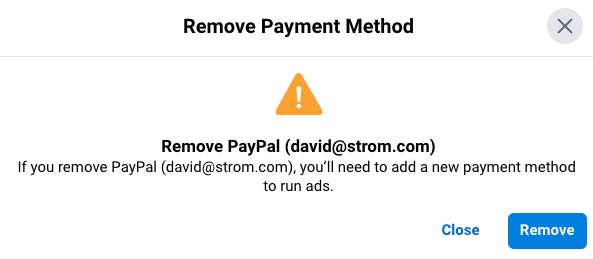A year ago we saw the fruits of disinformation writ large with the Capitol attack. Since then, I have thought alot about how this came about, and today I wanted to discuss what I will call the tech stack of the disinformation triad, and how blogs, ad exchanges and podcasts act as a self-reinforcing ecosystem. (And I include misinformation here as well.)
Most of the vitriol about disinformation campaigns have focused on the social media platforms removing or silencing various users. While these Tweets and Facebook posts are reprehensible, I don’t think we are focusing on the right place, and they don’t belong in the tech stack per se.
Each of the three elements plays an important role in the stack:
- Blogs originate the disinformation content that draws in visitors. For best results, make your content more outrageous and more trolling. Steer clear of any actual facts too.
- Ad exchanges place ads on these blogs (and other websites) that generate the cash to support the disinformation apparatus. These exchanges aren’t well known, aren’t well regulated, and make it easier for content creators to attract A-list brands to lend their websites an air of legitimacy. More on that in a moment.
- Podcasts create the audio (and in some cases video) clips that are shared across social media and also drive visitors to the blog for further explanation. In some cases, podcasters originate disinformation through some off-the-cuff remark that gets taken out of context (or not). A recent NYTimes article cites research on how pervasive these podcasts have been at spreading disinformation.
Let’s look at who supplies these enabling technologies in the stack:
- Blogs: WordPress, certainly. Medium and Substack should also be here. You can put up a basic blog in minutes at less than $10 a month now.
- Ad exchanges. Here is a short test. Have any of you ever heard of the following brands: MGID, FreeWheel, Xandr, 33Across, and TremorHub. If you go to their various websites (I won’t link to them, sorry), you will find all sorts of euphemisms, such as “publisher monetization company,” or ” an integrated solution to unlock addressability and monetization” vendor. What they really are are networks of advertisers that take a commission to place ads on websites.
- Podcasts. There are many underlying technologies to produce a good podcast: video and audio editors, streaming sites, search engines. But I would point towards Apple, Spotify, Stitcher, Google Podcasts and YouTube. What, you didn’t know Google indexes podcasts? Yep. And if you read the NYT article linked above, you will see that disinformation-laced podcasts that were banned on YouTube are still being promoted on Google Podcasts. No one said that Alphabet/Google has to be consistent.
We should, as the Watergate reporters did, follow the money. Cut off the cash supply, (as what happened in 2019 to one podcaster) and the other parts of the triad will have to regroup. One advocacy organization is trying to do exactly that. The problem is that the exchanges make various claims, such as they preserve privacy (by not using cookies) or police their advertisers, but don’t really deliver. And by being an intermediary between the brand and the web property that runs the ads, it makes it easier for everyone to say that disinformation-related ads were placed on the network in error or slipped through any trivial vetting process. Cue the Zuck apology tour highlight reel puh-leeze.
As you can see, the disinfo tech stack isn’t just the fault of social media platforms. Certainly, they have aided and abetted the spread of disinformation. But let’s get the cause and effect tech chain straight.

 One
One 
